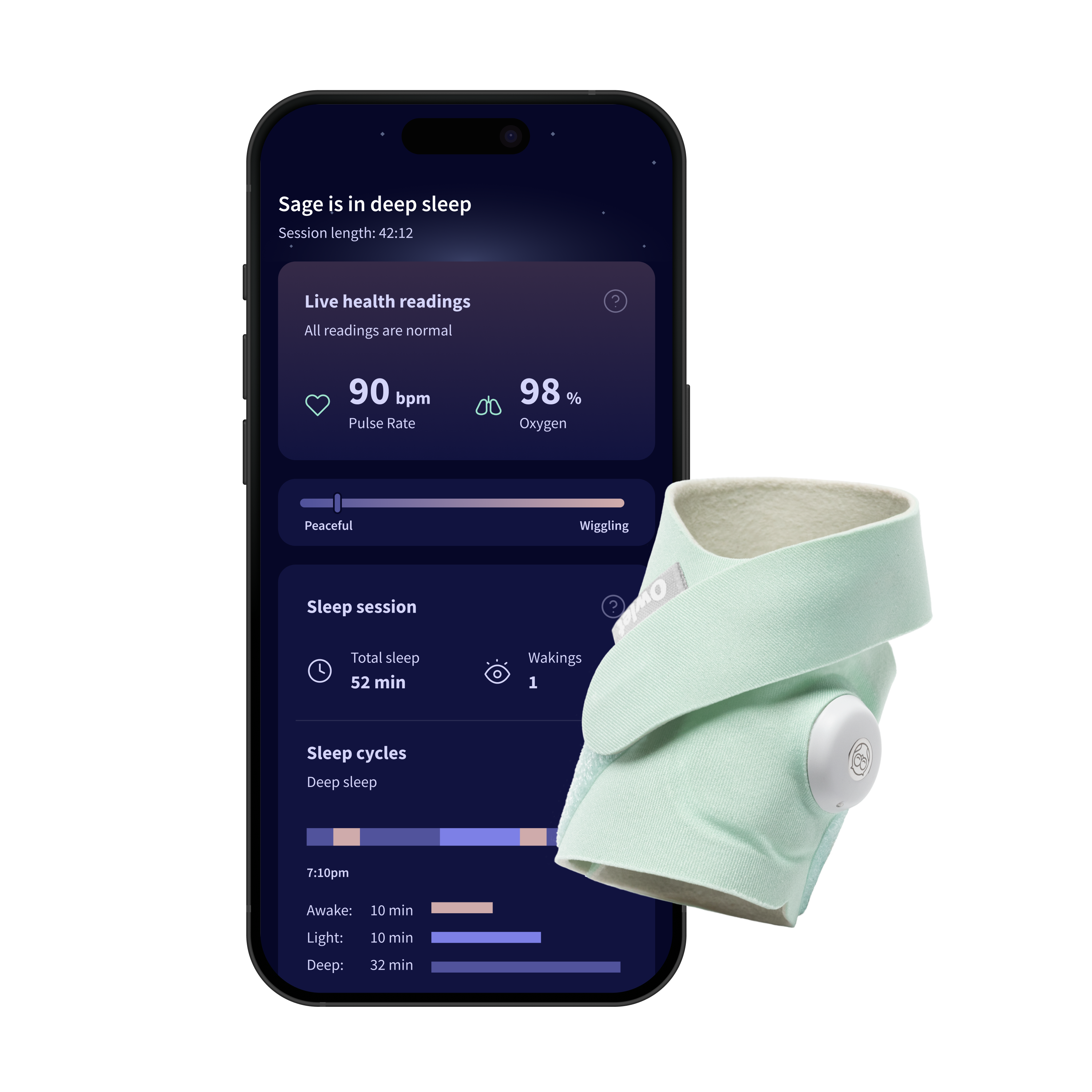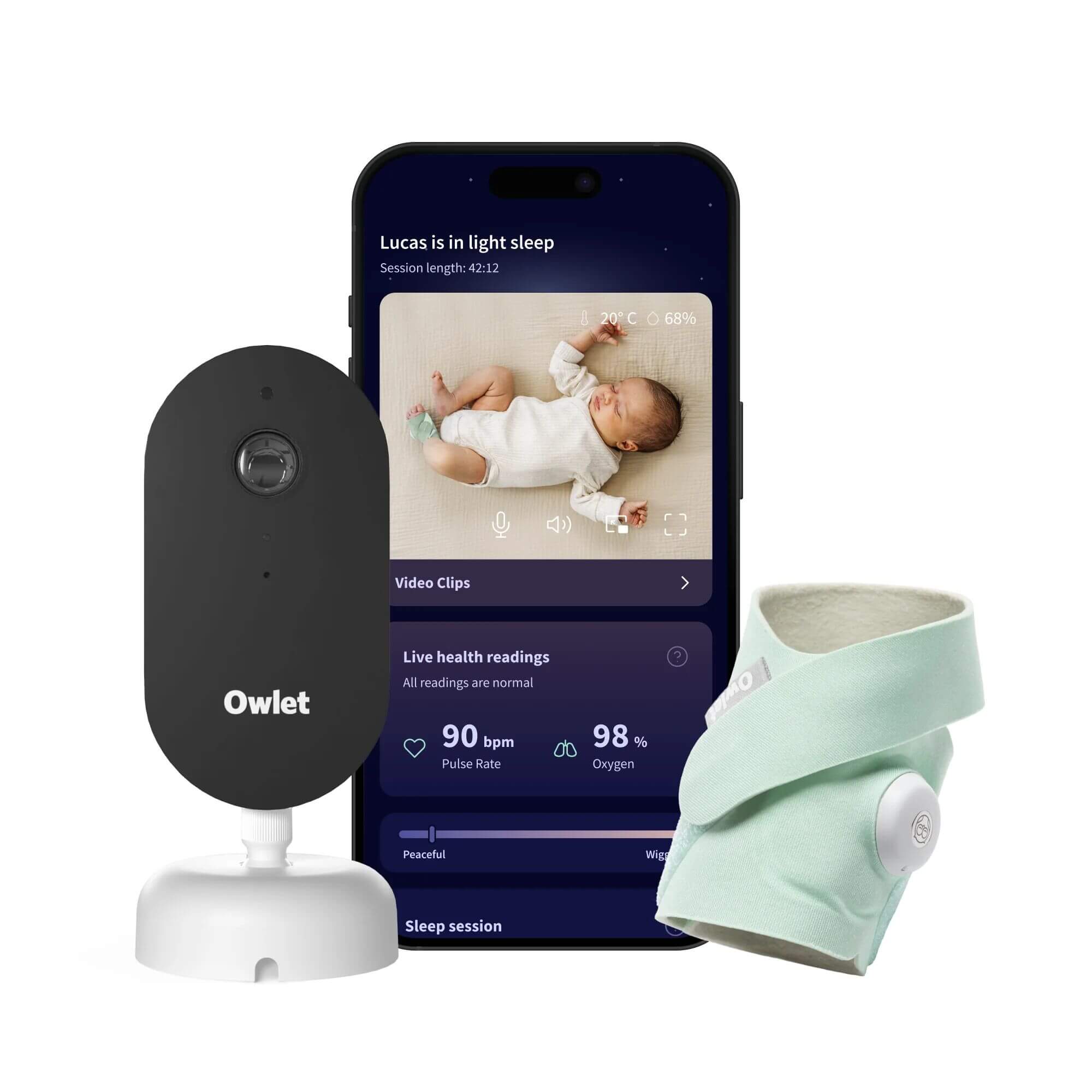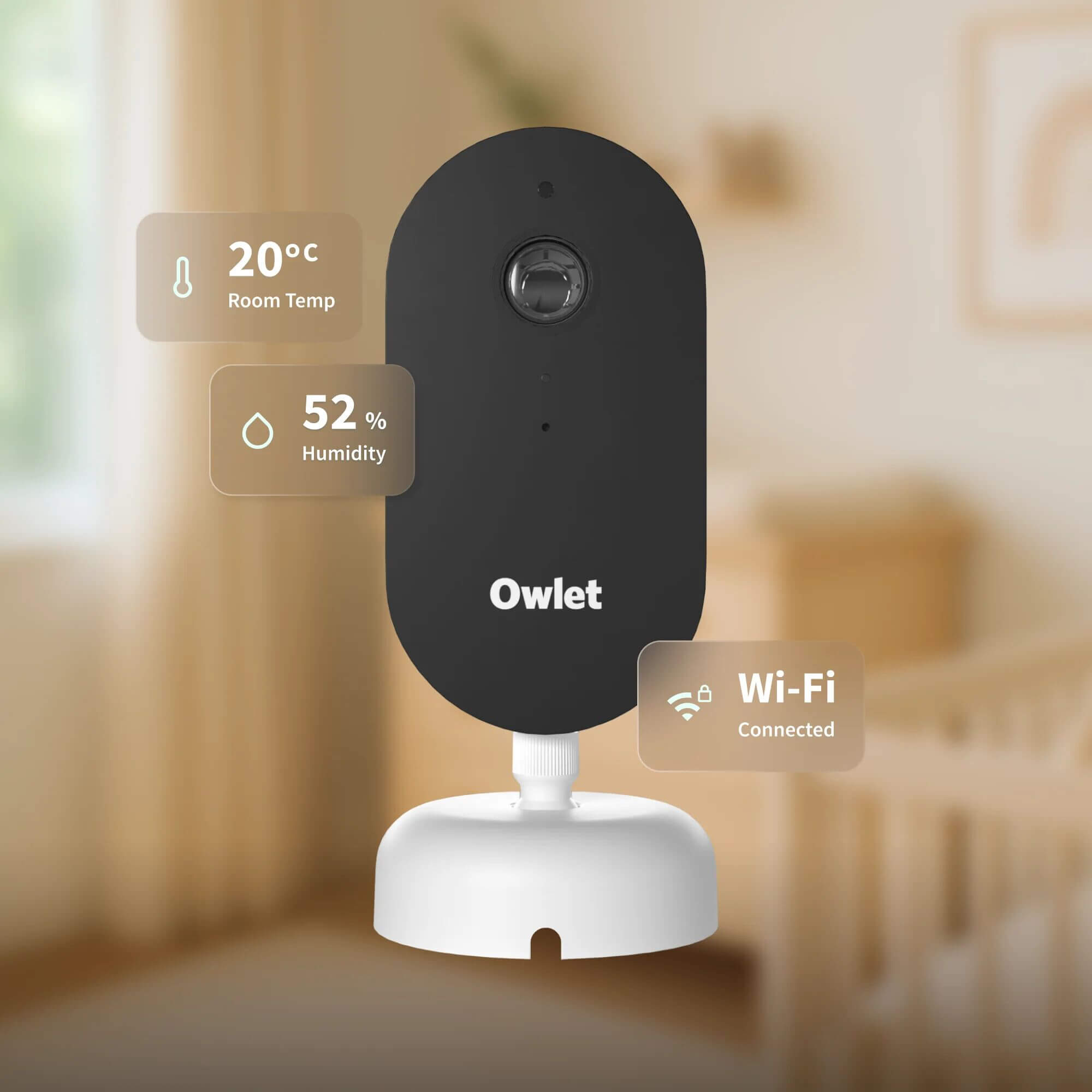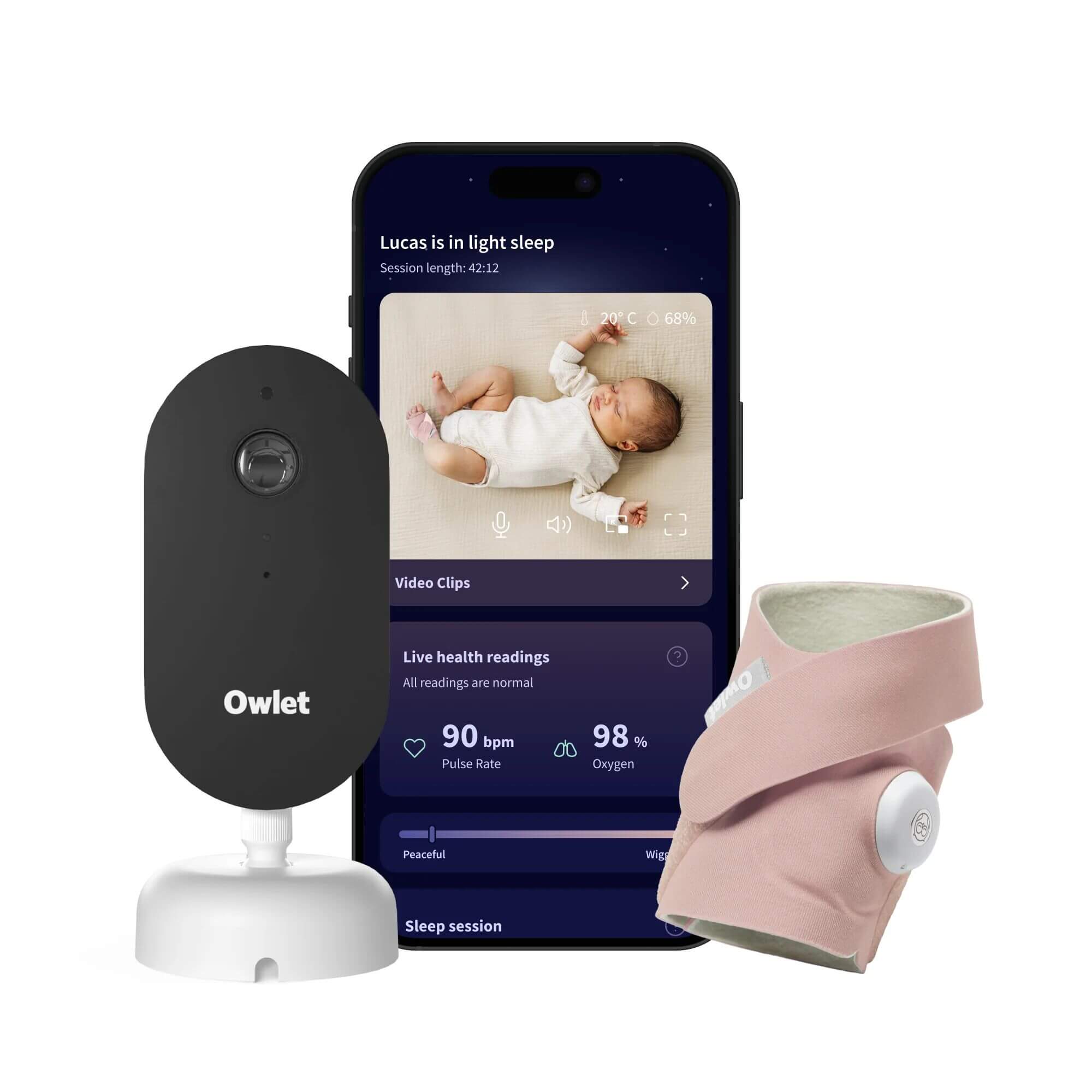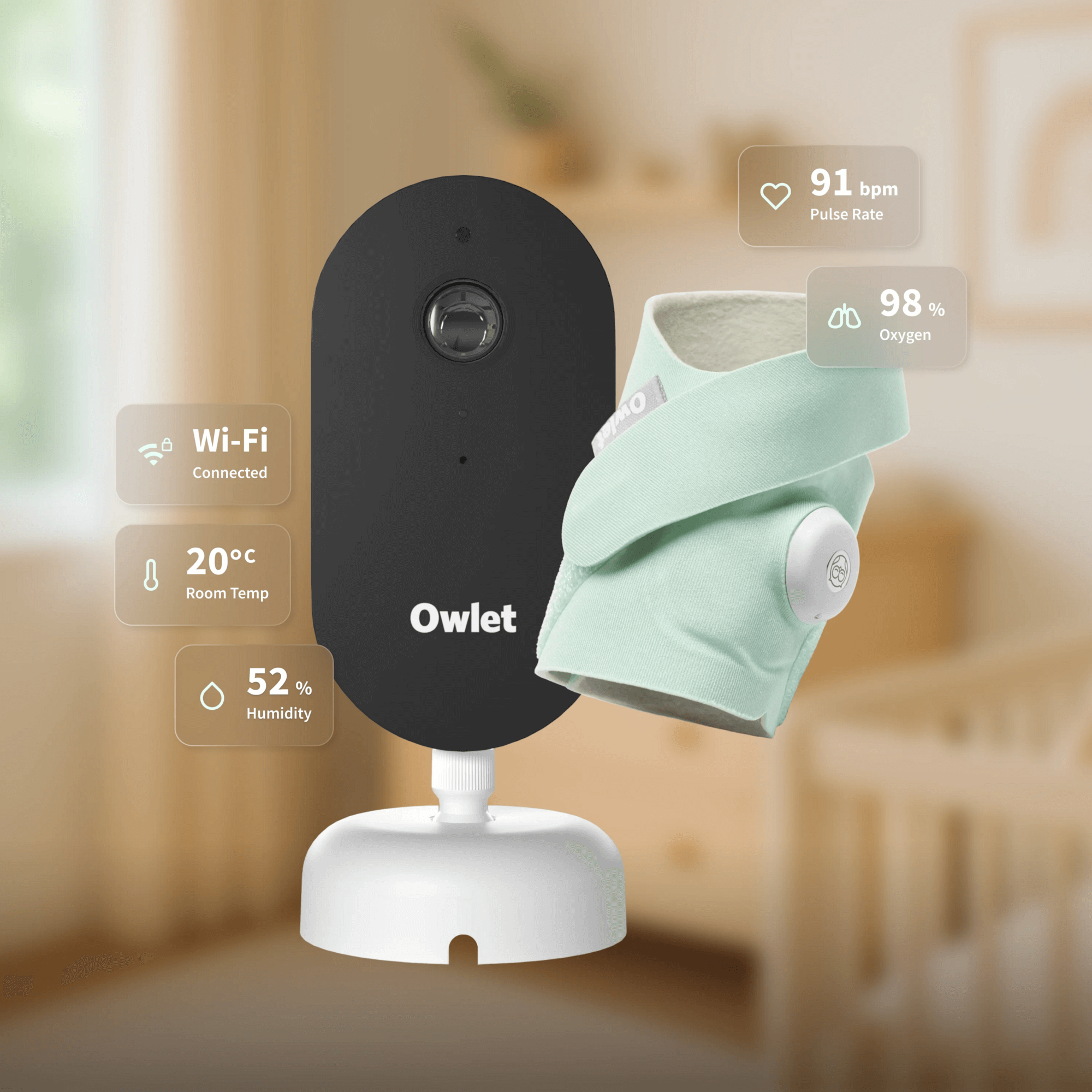How to Safely Swaddle a Baby
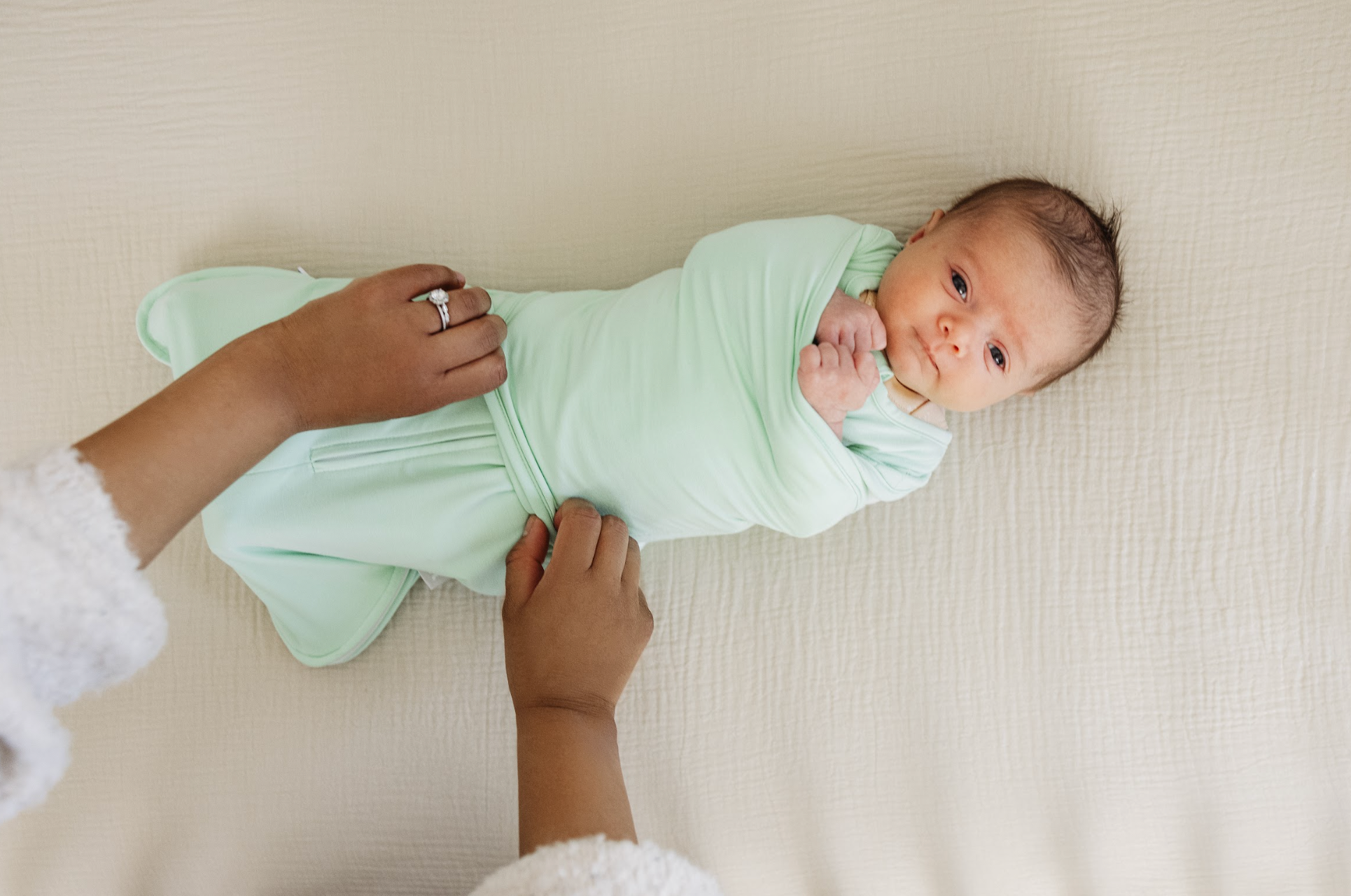
The content provided on this blog is intended for informational and educational purposes only. It is not a substitute for professional medical advice, diagnosis, or treatment. Always seek the advice of a qualified healthcare provider with any questions you may have and to learn more about your child's specific needs.
Swaddling is a technique that involves wrapping your baby snuggle in a blanket or wrap. In your baby’s early months, this can be incredibly soothing since it makes them feel safe and secure. However, although the process looks easy, you may be wondering exactly how to swaddle a newborn. Even more, you might be wondering how to swaddle a baby in a safe manner. If you’re looking for guidance, look no further. Here’s everything you need to know about safely swaddling a baby.
Why is Swaddling Important?
During pregnancy, babies are “held” in a snug position within the womb. Most babies are positioned arms up in utero, which actually helps them to learn some self-soothing behaviors as they progress through fetal development. Once a baby is born, one of the best practices for parents is to mimic the womb.
In other words, new parents should seek to provide the baby with experiences that are similar to life in the womb. This is where swaddling comes into play. Swaddling provides babies with that same sense of security and safety that was provided while they were in utero. However, parents should swaddle their newborns with their arms bent upwards to give the baby access to their hands. This will allow them to continue learning self soothing behaviors as they touch their face, such on their hands / fingers, and touch their hands together.
Why Does Swaddling Work?
Because swaddling involves wrapping a newborn snuggly in a blanket or wrap, it .helps babies feel safe and secure, just like they did in the womb during pregnancy.
Swaddling is also considered a technique that helps newborns to fall asleep and stay asleep by diminishing the “Moro Reflex”. This newborn reflex is characterized by an extension of the arms and legs away from the baby’s body to the sides and then back together. It is sometimes followed by crying. Babies typically outgrow this reflex around 3 months of age.
How Long to Swaddle a Baby?
The AAP recommends swaddling at sleep time from birth through about 8 weeks of age. Parents should discontinue swaddling when babies begin to show signs of rolling. Most healthy babies develop the ability to roll somewhere around 8-10 weeks of age. If your baby begins to show signs of rolling sooner, immediately begin to transition away from the practice of swaddling.
What’s the Best Way to Swaddle a Baby?
In the past, babies were usually swaddled with their arms straight down at their sides. However, most babies are not happy in this position and will fuss and try to move their arms upward to a more comfortable arms-bent position. This doesn’t mean your baby doesn’t like being swaddled; instead, they just might not be comfortable.
Imagine yourself when you lie down in bed to sleep - are you comfortable laying with both arms straight at your sides? Most of us find comfort in positions that allow for our arms to be bent and closer to our faces. Newborns are no different! With swaddling, the focus should be to wrap the baby snuggly just below the shoulders to help keep the baby's arms close to their body. For optimal hip safety, avoid wrapping babies too snuggly around the hips. In fact, the baby’s legs can be loosely wrapped while the arms and torso are swaddled. Your baby should have the ability to bend and move their legs while swaddled.
How to Calm a Crying Baby
Once your little one is swaddled with arms bent upward, keep a hand over your baby’s chest to reinforce the position of the hands just below the baby’s chin. Allow your baby’s legs to bend upward in a frog-like position, and hold your baby so that their feet are up against your body.
As you hold the baby, begin “shushing” and doing a gentle bounce or swaying motion. This repetition of sound and movement helps to mimic the movements your baby felt in the womb. If this trick doesn’t work, remember to consider the basics: feed a hungry baby, change a wet/poopy diaper, burp to relieve gas, and snuggle close with skin to skin.
How to Transition Away from Swaddling
There are several ways to support your baby’s transition away from swaddling. You can begin by swaddling one arm only, while leaving the other arm free. Next, you can swaddle with both arms free, by swaddling under the baby’s arms and securing the swaddle around your baby’s chest. Some parents choose to use swaddle transition products including various swaddle sacks/wearable blankets, or sleep suits that support the transition time from swaddling to sleeping freely.
No matter how you’re trying to transition away from swaddling, it’s critical to always plays the baby down on their backs for every sleep. If the baby is able to roll during sleep, the baby should have both arms free to assist with movements associated with rolling. A wearable blanket, sleep sack or sleeper will continue to keep the baby warm during sleep while allowing the baby’s arms to be free.
As your newborn transitions from womb to world, swaddling can be a very helpful practice in helping your baby self-soothe and sleep. But many new parents struggle with this practice. As long as you remember that swaddling is used to mimic your baby’s environment in the womb, you’ll be headed in the right direction. Soon, your baby will be on their way to self-soothing and developing.
